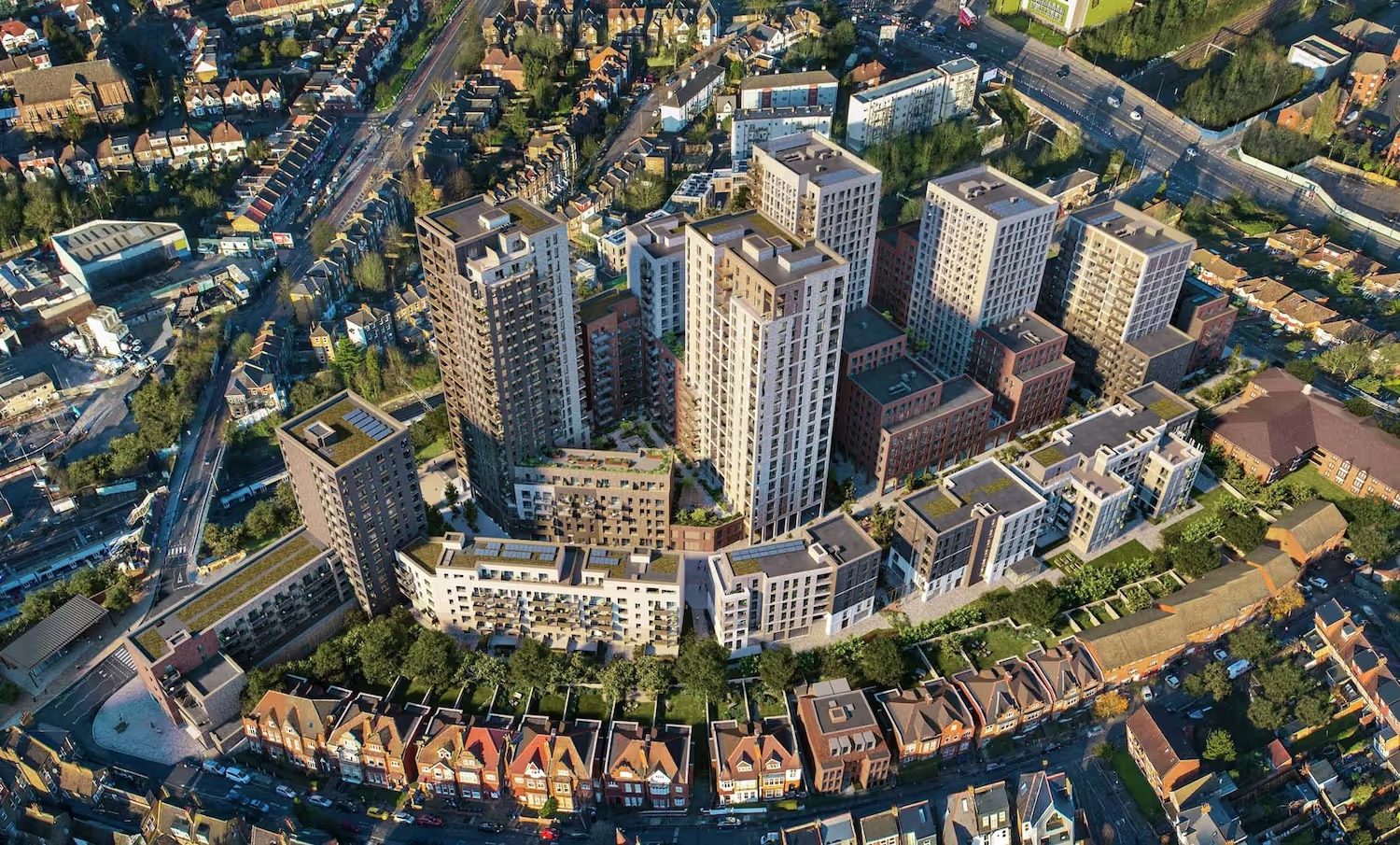How Developers Can Manage Right to Light Risk
For developers, right to light risk isn’t about surveys or objections - it’s about litigation. Injunctions, damages, and commercial uncertainty only become real once proceedings are issued. Managing this risk means identifying potential claims early, budgeting for release fees, and negotiating when litigation drives the conversation.
How Developers Can Manage Right to Light Risk
For developers, rights of light can feel like a hidden trap. A scheme may have planning permission and funding in place, only for a neighbour to raise an objection that threatens delay, redesign, or even demolition.
The key to managing this risk is understanding where it really comes from. Right to light risk isn’t created by surveys or letters - it’s created by litigation.
Why Litigation Risk Matters Most
Neighbours can object, complain, or even wave survey reports in front of you. But unless they issue proceedings, those objections carry little weight.
The moment litigation is launched, everything changes:
- Injunction risk – the possibility of being ordered to stop or cut back the scheme.
- Damages risk – significant compensation awards, often calculated on a share of development profit.
- Commercial risk – delay, investor uncertainty, and reputational damage.
That is why litigation is the only real driver of right to light settlements.
Lessons from Cooper & Powell v Ludgate House [2025]
In this recent High Court case, once actionable interference was established, the debate shifted. The court wasn’t interested in arguments about whether there was a right - that was clear.
The question became:
What would be a reasonable sum for the developer to agree with the neighbour to release their rights so the scheme could proceed?
That’s the conversation litigation forces. Without it, developers can safely ignore objections.
The Three Ways Damages Are Calculated
Developers facing litigation need to understand how compensation is assessed:
- Negotiating Premium – a share of the uplift in profit from building as planned.
- Diminution in Value – the reduction in the neighbour’s property value.
- The Hypothetical Bargain (Release Fee) – what both parties would reasonably have agreed in advance. Increasingly central, this reflects the real “deal price” of buying out the right.
How Developers Can Reduce Risk
- Identify potential right to light claims early – commission surveys during design.
- Engage in negotiations once litigation is live – that’s when claims become commercially real.
- Budget for release fees – particularly on major urban schemes where interference is almost inevitable.
- Work with advisors who understand litigation dynamics – because that is where the real negotiation happens.
Why Daylight Protect Matters (Even to Developers)
We act for property owners, but our role in creating litigation risk is exactly what makes developers take claims seriously.
Without litigation, there’s no pressure. With it, developers have to sit down and negotiate. And that negotiation is always about one thing:
How much is it worth to build the scheme?
The Bottom Line
For developers, right to light risk is not about surveys - it’s about litigation. Managing that risk means understanding that once proceedings are issued, the question is no longer “if” there’s a claim, but how much it will cost to resolve it.
Daylight Protect is the reason developers end up having that conversation.
Key takeaway: Developers only take right to light seriously when litigation risk is real.
Similar insights

